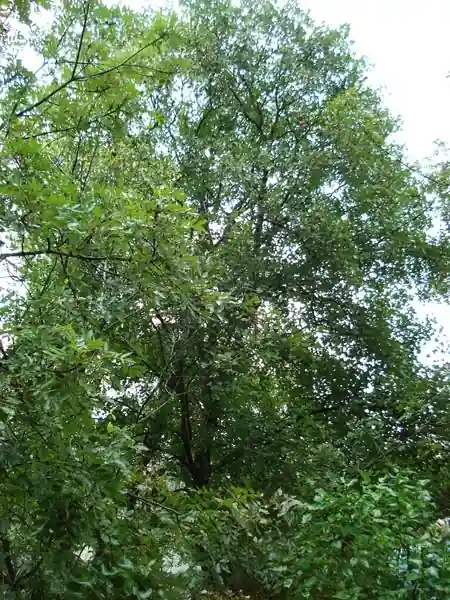Georgia: The rare Georgian maple (Acer ibericum Bieb.), a unique native species, stands as a vital component of the country’s arid light forests, symbolizing Georgia’s rich natural biodiversity and ecological heritage.
It is worth noting that Georgian maple is an important component of arid light forests. This type of forest is widespread in the extreme south eastern part of Georgia, on the masses of Chachuna, Chatma, and Katara, in Vashlovani cave, MD.
In the lower pool of Alazan. Arid light forest derivatives are also left on Nazarela, Kotsakhura, Taribana, pots, and inaccessible slopes. Georgian maple participates in different types of arid light forests in the above-mentioned areas. In addition to them, maple, acacia, and plum phytocenoses are presented in the form of mammoth plots.
Georgian maple is widespread as well: on Teleti ridge (around Tbilisi), MD. In Khrami valley (Municipality of Tetritskaro). The common area of the species includes: partly central and southern Europe, southwest Asia, and northern Iran, northeastern Turkey, Armenia, Azerbaijan, and Georgia.
Georgian maple does not/or rarely make holy koromis in a small area; the best koromis are found on the Black Mountains. The species is a relic of the third period.
The Georgian maple Tandabali tree is up to 8-10 (14) m tall, with a small, beautiful branch; the claws are brown, with sticks. The branches and stems are covered in dark gray blades.
The leaves are triangular, which makes it sharply different from other maple species, dark green on the top, glossy, and light green on the bottom. Blossoms in April-May and starts to bear fruit from July. It is spread within 100-1000 m above sea level.
Georgian maple, due to its small and fragmented area, has been imported to Georgia’s “Red Nuskha” as a valuable species.



